Thanks to the generous assistance of the Friends of the Princeton University Library, the graphic arts collection has acquired a stunning copy of the 17th-century festival book, Courses de testes et de bague documenting the Carrousel of 1662, the last fête held in Paris before Louis XIV (1638-1715) moved the court to Versailles.
The Imprimerie Royale of France published Courses de testes et de bague in the final months of 1670 as the first volume of the Cabinet du Roi (later reorganized as volume X). Seven hundred copies were printed and bound in red leather, four hundred in French and three hundred in Latin. The book records a Carrousel (also written carousel) or tournament held on June 5 and 6, 1662, organized by the twenty-four year old King. The fifty-five participants were divided into five quadrilles representing the Romans, Persians, Turks, East Indians, and Native Americans Indians, with the king and four of his highest ranking noblemen as the chiefs.
The acquisition is a nice complement to the seven small pamphlets already held in the rare book collection describing the Carrousel: Iorvnal historique dv grand et magnifiqve carovsel ov tovrnoy de Lovys XIV, roy de France et de Navare. Contenant ce qui s’est fait & passé les cinq & six de iuin courses de la bague (Paris: Chez I.B. Loyson, 1662). With this acquisition we not only document the event but also the beginning of the Cabinet du Roi, the first use of the icon of the sun by Louis XIV (Sun King), and the farewell to Paris by the royal court.
During the eight years it took to create Courses de testes et de bague, the five men responsible for it—Charles Perrault, Esprit Fléchier, Israel Silvestre, François Chauveau, and Gilles Rousselet—became or already were members of the controlling academies of Paris. Historian Lynn Festa, writing in Empires of the Sun: Colonialism and Closure in Louis XIV’s 1662 Carrousel, comments, “What is curious about the Carrousel is the prominent place given within this closed universe to those who have no access to power within it—to images of subjugated populations, to colonial rivals, to slaves.”
“Rather than challenging Louis’s serene, absolutist order, the exotic otherness of the extravagantly costumed princes, slaves, and animals, serves to celebrate the king’s power. The potentially threatening plurality of images is enclosed in the systematic, subordinating hierarchy of the royal fete. If the first half of the Carrousel—the procession—celebrates and constructs the otherness of its exotic figures, the second half—the ritual assembly before the Louvre—rewrites the meaning of these images into a specifically French iconography that affirms the centrality of Louis XIV.”
Our sincere thanks to the Friends of the Princeton University Library for making this possible!
For more information, read this Haverford senior thesis: http://thesis.haverford.edu/dspace/bitstream/handle/10066/1414/2008NelsonN.pdf
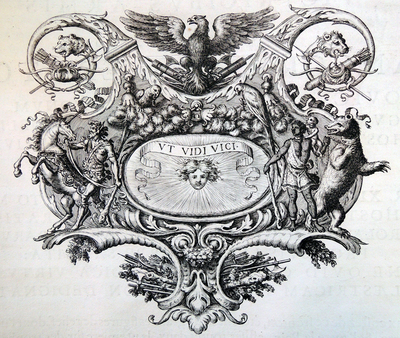

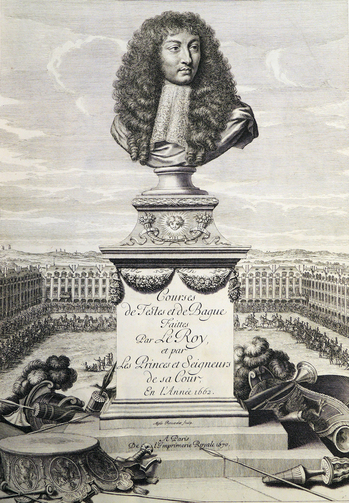
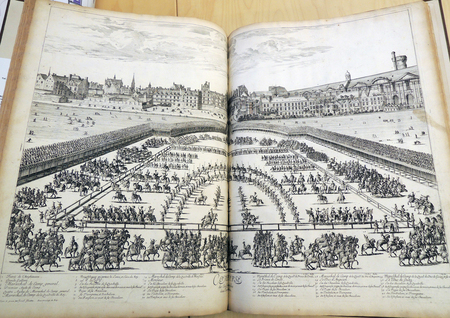
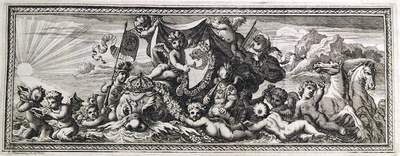

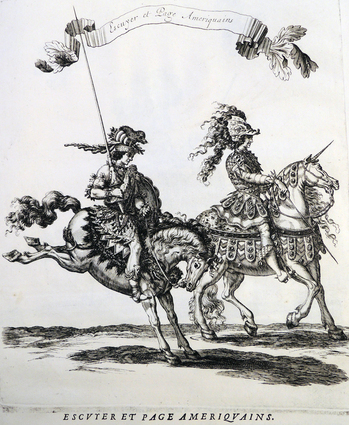
It is a precious thing you have a book from Charles Perreault in Princeton University Library. Some of the nicest tales in french language comes from him: le Chat botté, le Petit Chaperon rouge, Barbe-Bleue, Cendrillon (really... Cinderella is not from Disney !), le Petit Poucet and so on.
All his tales start with the same famous sentence: Il était une fois / Once upon a time.
Thanks for the memories.